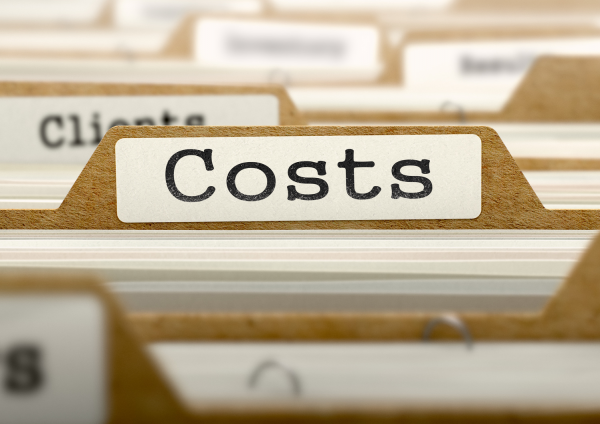Private health insurers are contributing more to total health spending in Australia following the series of policy reforms that have reduced the government's contribution to premiums.
The Australian Institute of Health and Welfare has released its annual report on health spending in Australia, for the year 2017-18.
According to the report, more than $185 billion was spent on health good and services, or almost $7,500 per person.
"Total health spending increased by $2.2 billion in 2017–18 to $185.4 billion in constant prices. This was a 1.2% increase on 2016–17 against a backdrop of 3.9% average annual growth over the decade," said AIHW spokesperson Dr Adrian Webster.
"The lower growth rate in 2017-18 was partly due to the previous year having included one-off capital expenditure on projects such as the new Royal Adelaide Hospital. It was also a result of a previous spike in Australian Government spending on new drugs to treat hepatitis C.
"Governments funded two-thirds ($126.7 billion) of total health spending in 2017–18, with the Australian government contributing $77.1 billion - $1.8 billion more than the previous year."
Australia’s state and territory governments spent $49.5 billion - $1.3 billion less than the previous year
The report shows private health insurers contributed $16.6 billion in 2017–18.
"The proportion of funding by private health insurers ranged between 7.4% in 2011–12 to 9.0% in 2017–18," says the report.
"This may have been, at least in part, a result of the introduction of means-testing of the private health insurance premium rebate in 2012, which shifted funding from the Australian Government to private health insurance providers."
The rebate has undergone significant reform in recent years with means-testing, changes in indexation and its removal from Lifetime Health Cover loading, meaning what was once a 30 per cent government contribution to premiums is now a maximum of around 25 per cent.
It says the raft of reforms since 2012 have contributed to an average annual 0.6 per cent fall in spending on the rebate - representing a decrease of spending of $216 million from 2012–13 to 2017–18.
The report says the decline in the value of the rebate has contributed to an overall slowing in the growth of federal government spending on health.
"The decade has seen an overall increase in expenditure by private health insurance providers per person covered," says the report.
"In 2017–18, private health insurers spent an average of $1,470 per person covered, compared with $1,043 in 2007–08. During this time, the total number of people holding private health insurance decreased by almost 2 million."
In 2017–18, personal out-of-pocket health costs amounted to an average of $1,578 per person. There was little change in the proportion of individual net worth spent on health over the decade.
